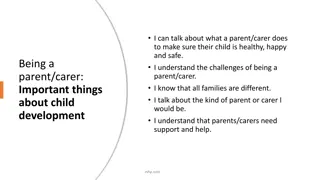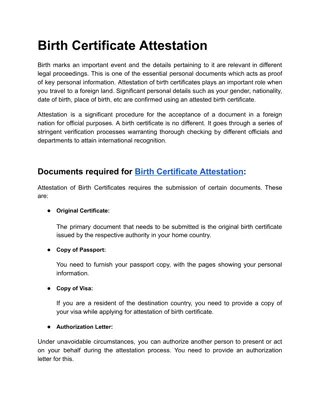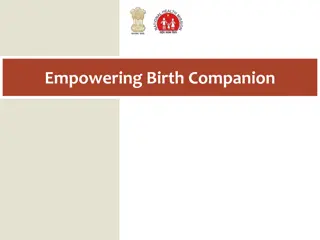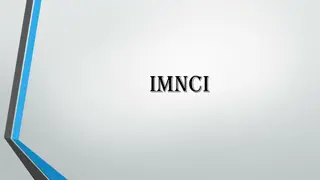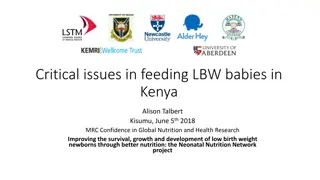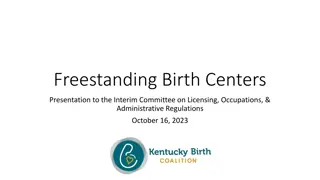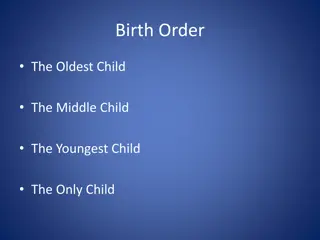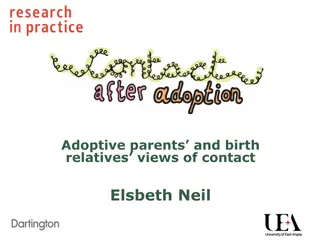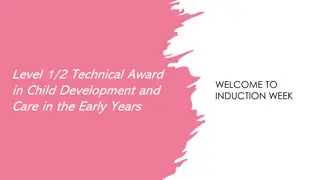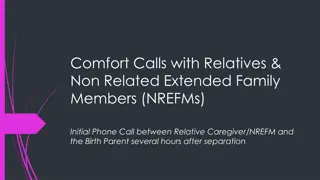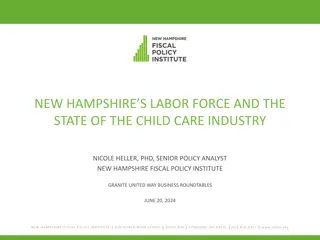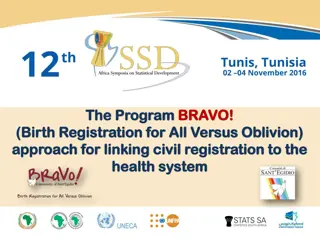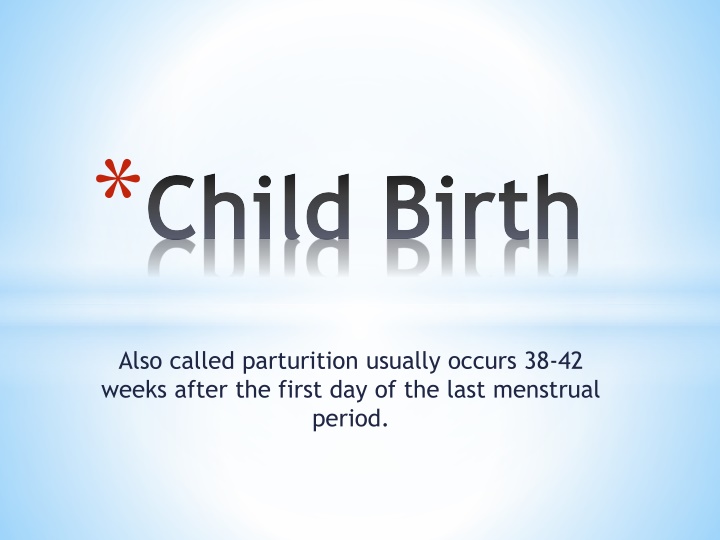
Understanding the Stages of Labor and Childbirth Process
Learn about the stages of labor and childbirth, including dilation, expulsion, and delivery of the placenta. Discover how hormones like oxytocin play a crucial role in giving birth, as well as the importance of lactation and breastfeeding for the newborn's health.
Uploaded on | 1 Views
Download Presentation

Please find below an Image/Link to download the presentation.
The content on the website is provided AS IS for your information and personal use only. It may not be sold, licensed, or shared on other websites without obtaining consent from the author. If you encounter any issues during the download, it is possible that the publisher has removed the file from their server.
You are allowed to download the files provided on this website for personal or commercial use, subject to the condition that they are used lawfully. All files are the property of their respective owners.
The content on the website is provided AS IS for your information and personal use only. It may not be sold, licensed, or shared on other websites without obtaining consent from the author.
E N D
Presentation Transcript
*Child Birth Also called parturition usually occurs 38-42 weeks after the first day of the last menstrual period.
1. Dilation - Begins with uterine contractions and ends with a full widening of the cervical canal. Can last up to 6-12 hours or longer. Usually the longest part of labor. 2. Expulsion The period from full dilation to delivery of the baby. Last less than an hour in most cases. This contains strong contractions of the uterus, each lasting a minute or longer, and they usually occur in two to three intervals forcing the baby's head out. Once the head is out the rest of the body follows quickly. 3. Delivery of the Placenta this is the last of birth during this stage strong uterine contractions continue causing detachment of the placenta from the uterine wall. *Stages of labor
*Oxytocin is a hormone that plays a key role in labor it is released by the pituitary glands of both the mother and the baby. *Fetal oxytocin causes the placenta the release prostaglandins which is lipid compounds that trigger uterine contraction. *Once the uterine muscles contract the baby's head is pushed into the cervical opening, causing the mechanical receptors to be stretched *These receptors then send a message to the brain to stimulate maternal oxytocin release causing stronger contractions to the uterine muscle. *Oxytocin key role in giving birth
*The production of milk by the mother. *Successful lactation is the activation of the normally inactive milk producing cells of the mammary gland. *Towards the end in pregnancy high levels of estrogen and progesterone stimulate the hypothalamus in the brain to produce prolactin- releasing factor which triggers the release of prolactin from the pituitary gland. This stimulates the secretory cells of the mammary gland to produce milk. *This is a very good way for the baby to get all the nutrients they need because it contains: Amino acids fats vitamins carbohydrates It also contains antibodies from the mom to help protect the infant while their immune system is growing. *Lactation
*When breast feeding as the infant is sucking at the nipples they activate receptors that trigger the release of oxytocin which causes the let down reflex - the contraction of smooth muscle cells in the mammary glands, which allows milk to be pushed out the nipple. *Breast Feeding
*http://www.babycentre.co.uk/v1027490/insid e-pregnancy-labour-and-birth-video *Video




